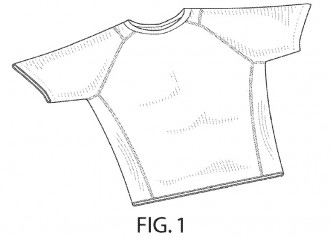
September 12, 2019
Federal Circuit Holds that a Basket is Not a Chair
In Curver Luxembourg, SARL v. Home Expressions Inc., [2018-2214] (September 12, 2019), the Federal Circuit affirmed the dismissal of an action alleging Home Expressions baskets infringed U.S. Patent No. D677946 on a Pattern For a Chair.
The application that resulted in the ‘946 patent was filed as a “design for a Furniture Part,” although none of the drawings illustrate a chair, any furniture, or any furniture part. The USPTO objected to the title because PTO regulations require that the title designate a “particular article,” and the use of “Part” was too vague to constitute an article of manufacture. The Examiner suggested that the title be amended to “Pattern for a Chair,” and the applicant complied.

The district court construed the scope of the ’946 patent to be limited to the design pattern illustrated in the patent figures as applied to a chair, explaining that “[t]he scope of a design patent is limited to the ‘article of manufacture’ — i.e., the product — listed in the patent,” and granted Home expressions motion to dismiss.

The Federal Circuit noted that Curver’s appeal was essentially a request for a patent on a surface ornamentation per se. The Federal Circuit said that Curver acknowledged that the law has never sanctioned granting a design patent for a surface ornamentation in the abstract such that the patent’s scope encompasses every possible article of manufacture to which the surface ornamentation is applied, and the Federal Circuit declined to construe the scope of a design patent so broadly merely because the referenced article of manufacture appears only in the claim language, rather than the figures.
The Federal Circuit, pointing out that it was a case of first impression, addressed the question whether claim language specifying an article of manufacture can limit the scope of a design patent, even if that article of manufacture is not actually illustrated in the Figures. Given that long-standing precedent, unchallenged regulation, and agency practice all consistently support the view that design patents are granted only for a design applied to an article of manufacture, and not a design per se, the Federal Circuit held that claim language can limit the scope of a design patent where the claim language supplies the only instance of an article of manufacture that appears nowhere in the figures.




































